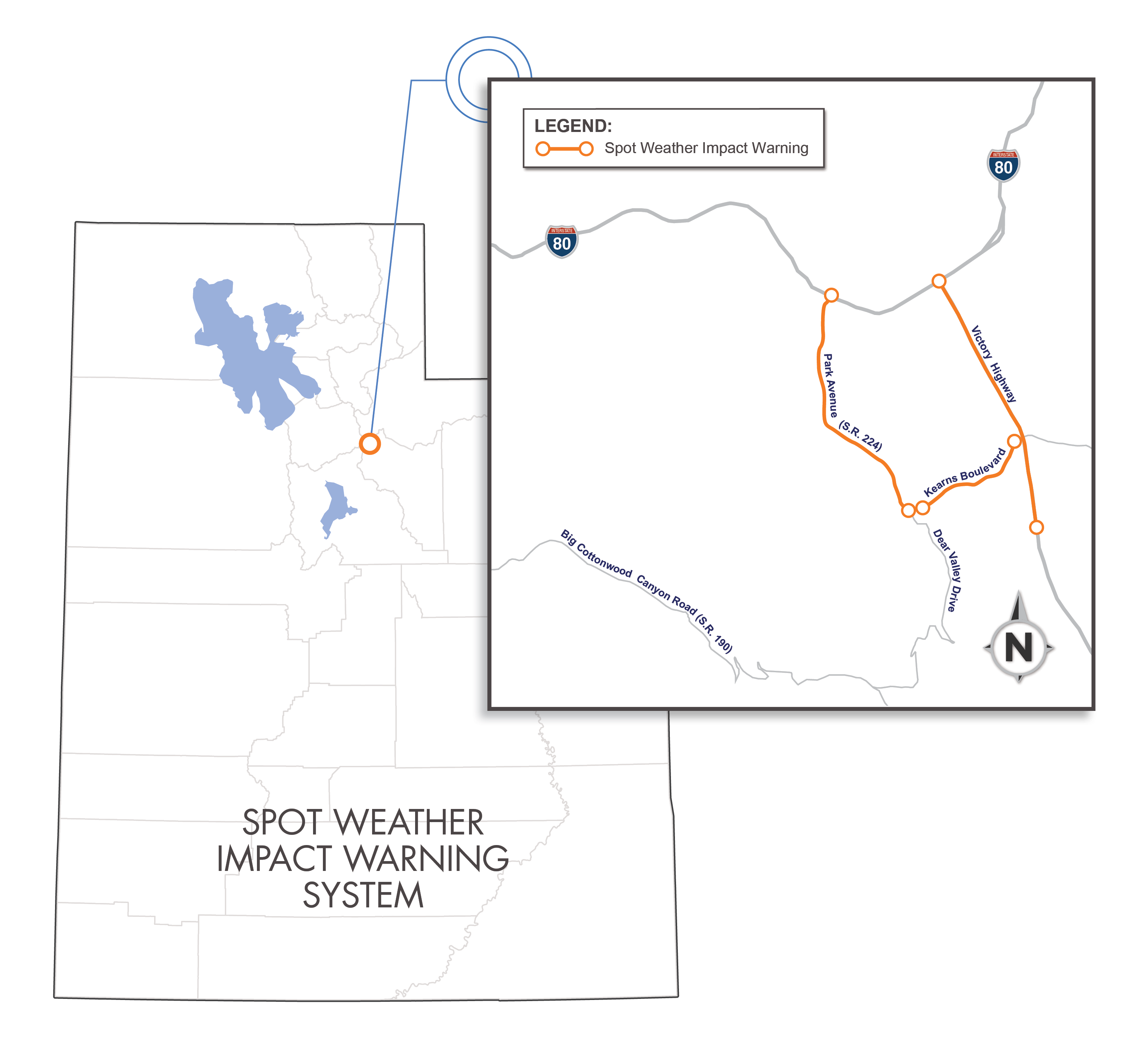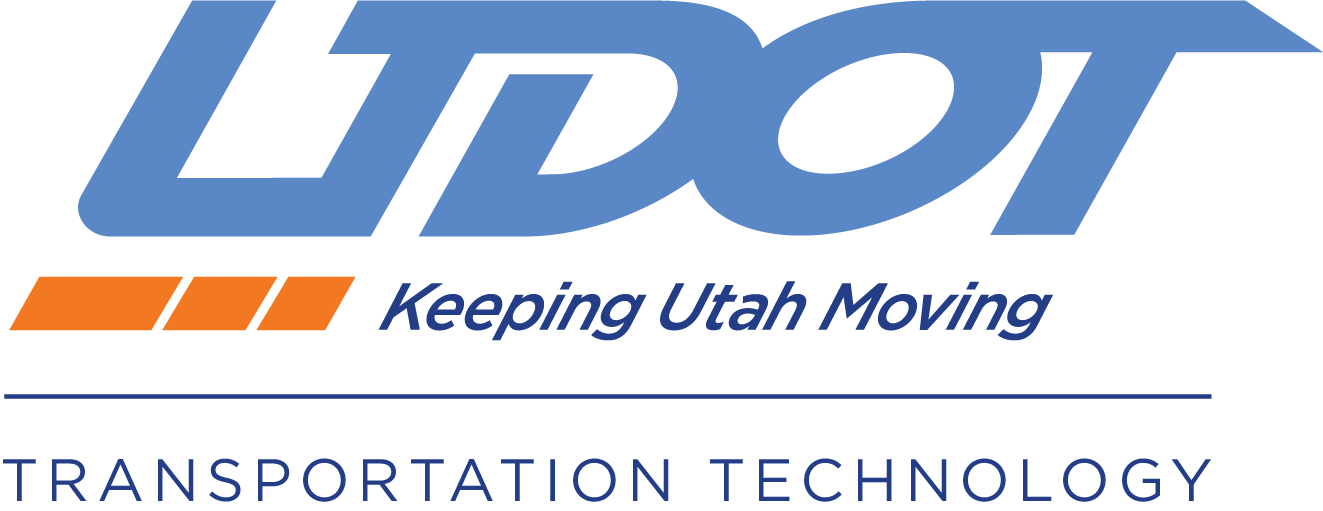Connected Vehicle Spot Weather Impact
Select roadway segments with high rates of weather-related crashes will be equipped with vehicle-to-everything (V2X) systems that report hazardous roadway conditions directly to individual drivers in connected vehicles, helping them avoid hazardous conditions.
OVERVIEW
The Connected Vehicle (CV) Spot Weather Impact Warning system employs vehicle-to-everything (V2X) communication to advise travelers about road condition information. Road condition information includes a variety of circumstances, such as icy and snowy roads or fog. When a connected vehicle (CV) reaches a location where the technology is enabled, roadside units transmit the warnings to the vehicle using wireless communications technology. The vehicles also play a role in this system – their onboard sensors measure temperature, precipitation, and other weather conditions and relay that information to the warning system for the benefit of all travelers.
BENEFITS OF TECHNOLOGY
Safety is the main benefit of the Spot Weather Impact Warning system. Driving in harsh weather conditions can make traveling a challenge. Providing location-specific warnings directly to CVs is believed to reduce weather-related crashes. These warnings help drivers stay vigilant and cautious while driving in severe conditions. This will be especially beneficial to drivers on rural roads, since rural areas may be more exposed to extreme weather.
QUICK FACTS
“Drivers are more likely to respond and modify their behavior if they receive a message intended specifically for them.”
Drivers are more likely to respond and modify their behavior if they receive a message intended specifically for them. A 2018 UDOT study researching the safety benefits of implementing V2X software and hardware at locations with high rates of winter-weather crashes concluded that full implementation of this technology could ultimately reduce crashes by 46 percent.
WHERE THE TECHNOLOGY IS DEPLOYED
A 2018 UDOT study identified Utah roadway segments that have high rates of weather-related crashes. Based on this information, UDOT has selected a few locations near Salt Lake City for initial deployment of the system. The locations are east of Salt Lake City along I-80 and near Park City along U.S. 40, S.R. 224 and S.R. 248. Once the system is deployed and tested successfully, other locations throughout the state will be considered for future deployment.
UDOT’s project partner, Panasonic, developed this connected vehicle (CV) application and related tools. This project is a part of UDOT’s Connected Vehicle Data Ecosystem, which was developed in partnership with Panasonic and funded by a federal grant. The success of this project will continue to be measured by the system’s ability to detect and transmit actual road conditions into the vehicle in a timely manner.

